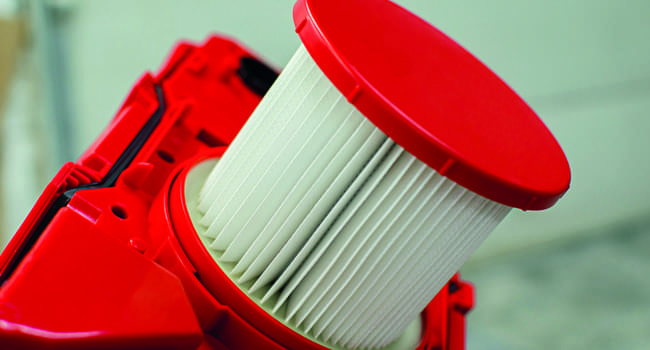Changing lifestyles, the lingering pandemic and the drive for sustainability are among the main forces driving change in the global specialty papers market. According to a new report from Smithers,
The Future of Specialty Papers to 2026, the global specialty paper market is 25 million tonnes in 2021, and is expected to grow to 28 million tonnes by 2026, a CAGR of 2.4% between 2021 and 2026. Growth is especially strong in the Asia-Pacific, driven by the increasing spending power of the middle class in China and India. Asia-Pacific is already the largest region for specialty papers, accounting for 42% of the global market.
Impact of Covid-19
The Covid-19 pandemic put a dent in the sales of some grades of specialty papers in 2020 due to the economic slowdown, but some grades that were particularly affected, including industrial grades such as electrical papers, because many construction projects were stopped, and automotive filters, because there was less commuting and therefore cars travelled less.
In the specialty paper market, the effects of Covid have varied, depending on the end use of products. One grade with significant loss of sales is ticket paper, due to the cancellation of sports and cultural events. Grades that have thrived include label and release papers, due to an increase in online ordering of goods. Food packaging grades such as wax paper and parchment have grown due to a surge in home baking, and food packaging grades have also grown because of an increase in take-out and delivery of food from restaurants. An increase in demand also occurred for medical specialty papers, as protective measures in hospitals, and locations for Covid testing and vaccination.
On-the-go consumption
One of the most powerful trends shaping lives and economies is convenience. In the workplace, smartphones have enabled employees to be on call outside conventional workday hours, often encouraging them to work longer hours, resulting in less time for food preparation. The food industry has developed new business opportunities by exploiting the willingness of consumers to pay a little extra for the convenience of fast food, take-out coffee versus brewing one’s own, buying ready-to-eat meals at the deli section of a local grocery store, or having restaurant meals delivered by third parties such as Uber Eats, Door Dash, Grub Hub, and Deliveroo using cashless transactions facilitated by credit cards and smartphones. This has created opportunities in the specialty paper market for higher volumes and diversified product offerings for flexible food wraps, bags, lightweight disposable packaging such as paper cups, and lightweight boxes.
Flexible packaging papers
The largest category of specialty papers is flexible packaging at 5.2 million tonnes in 2021. Flexible packaging is used for consumer and institutional products and in industrial applications, to protect, market, and distribute a vast array of products. Half of the paper used in flexible packaging is machine-glazed paper, which has a glossy surface on one side. The other paper products that make up flexible packaging are greaseproof paper, waxing base paper, laminating base paper, twisting stock, metallizing base and parchment. Most applications are in the food industry, for wrapping, packaging, or baking food.
Sustainability
The objective of making packaging more sustainable and the resulting driving force for material transition is a significant dynamic in the packaging industry. Europe is working toward the circular economy, while globally the world is focused on meeting sustainability goals outlined by the United Nations. Legislation banning single-use plastics is increasing the use of paper bags and bans on PFSA and BPA in paper are resulting in safer alternatives. Barrier-coated paper is becoming preferred over plastic and laminated materials.
Many brand owners and retailers such as Unilever, SC Johnson, and Walmart have committed to making packaging reusable, recyclable, or compostable by various deadlines up to 2025. The tissue manufacturer Essity has declared that their sustainability strategy is delivered through the four Rs: Reduce, Reuse, Recycle and Responsible, in recognition that brands must take more responsibility for the fate of the materials they sell and use for packaging, going beyond just using recyclable materials. Other companies have declared that the fourth R is Rethink.
To download a brochure on The Future of Specialty Papers to 2026,
click here.
